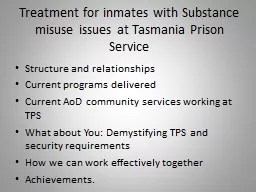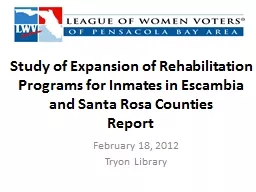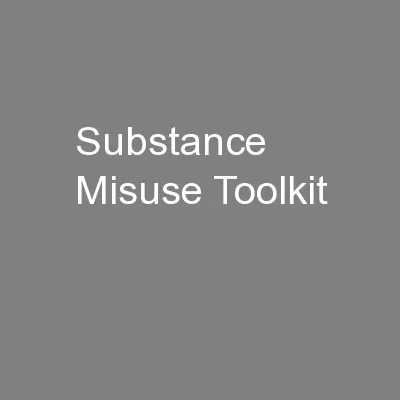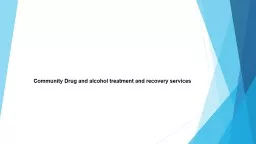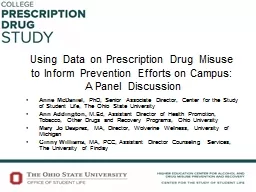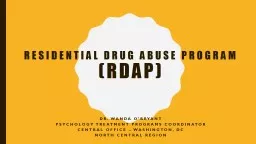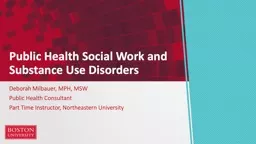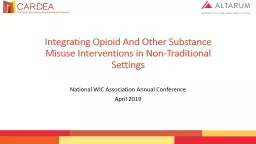PPT-Treatment for inmates with Substance misuse issues at Tasma
Author : faustina-dinatale | Published Date : 2017-09-21
Structure and relationships Current programs delivered Current AoD community services working at TPS What about You Demystifying TPS and security requirements How
Presentation Embed Code
Download Presentation
Download Presentation The PPT/PDF document "Treatment for inmates with Substance mis..." is the property of its rightful owner. Permission is granted to download and print the materials on this website for personal, non-commercial use only, and to display it on your personal computer provided you do not modify the materials and that you retain all copyright notices contained in the materials. By downloading content from our website, you accept the terms of this agreement.
Treatment for inmates with Substance misuse issues at Tasma: Transcript
Download Rules Of Document
"Treatment for inmates with Substance misuse issues at Tasma"The content belongs to its owner. You may download and print it for personal use, without modification, and keep all copyright notices. By downloading, you agree to these terms.
Related Documents

